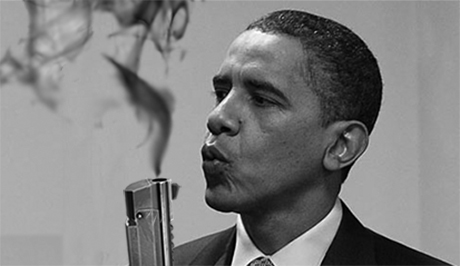Modern economics takes a long, circuitous route to the old wisdom of classical political economy: Laissez faire is best.
This ideal of free markets was pretty clearly established by Adam Smith, J.B. Say, David Ricardo, and others long ago. Frédéric Bastiat explained it best in layman’s terms.
But modern economic theory, with lots of math I don’t pretend to follow, often backs it up, too. Sure, sure: Much of modern theory sort of assumes unlimited government as the alternative to “market failure.” But the more you look (and look critically) at that theory — and increasing numbers of economists are doing just that — the more the case for government involvement falls flat.
This struck me as I was reading economist Garett Jones:
There’s an old story about a mathematician asking Paul Samuelson for one idea in economics that was simultaneously true and not obvious. Samuelson’s answer [was the Law of Comparative Advantage]. Today, I’ve got another: The Chamley-Judd Redistribution Impossibility Theorem.
Chamley and Judd separately came to the same discovery: In the long run, capital taxes are far more distorting tha[n] most economists had thought, so distorting that the optimal tax rate on capital is zero. If you’ve got a fixed tax bill it’s better to have the workers pay it.
Jones goes on:
Under standard, pretty flexible assumptions, it’s impossible to tax capitalists, give the money to workers, and raise the total long-run income of workers.
Not, hard, not inefficient, not socially wasteful, not immoral: Impossible.
Hard as policy wonks and their patrons, the politicians, may try, any redistribution from the owners of capital to workers will make workers worse off.
Jones discusses some of the niceties of the theory.
But I confess: to me it’s all déjà vu. Or, to conjure up another French term, laissez faire all over again.
This is Common Sense. I’m Paul Jacob.

